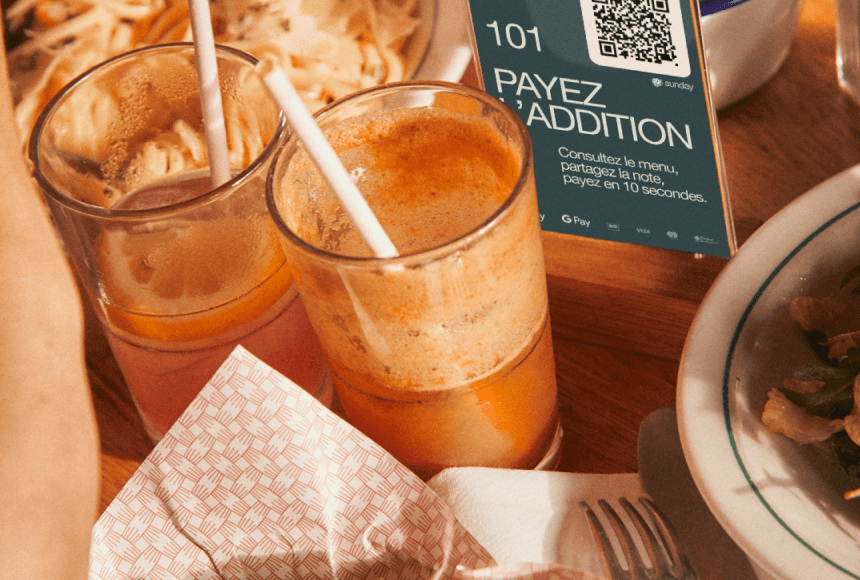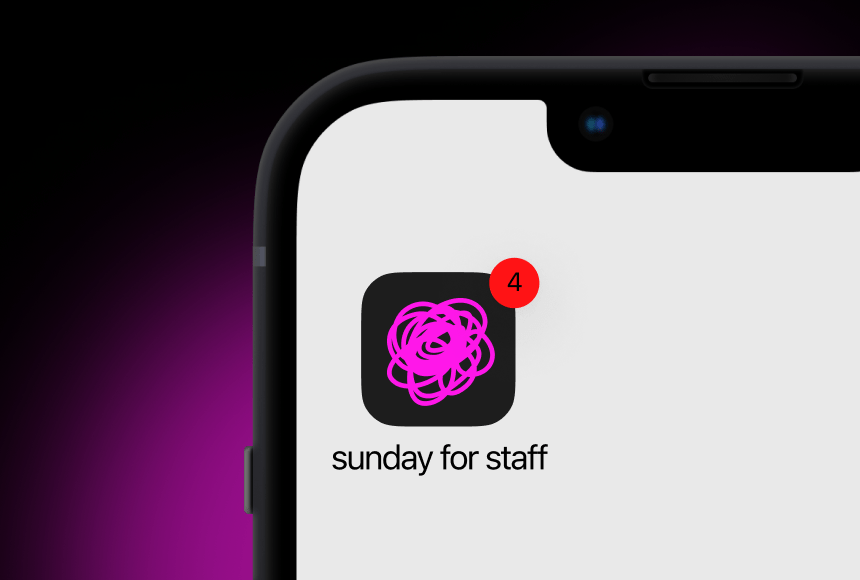
Transforming the Dining Experience with QR Code Payment
Why QR Codes Have Become a Game-Changer
Over the last few years, the restaurant industry has seen tremendous technological shifts. From digital reservation platforms to online delivery apps, venues are adopting new tools to stay competitive. One innovation that’s quickly catching on is QR code payment—a straightforward, contactless way for guests to settle their bill by scanning a simple square code. No more waiting for the card machine. No more paper receipts piling up on tables.
This method goes well beyond mere convenience. It can also help improve table turnover, boost tips, and enhance the overall customer experience. In fact, research from Statista (source) shows that UK consumers are not only comfortable with contactless technology but are starting to expect it in all aspects of their daily transactions—including dining. If you’re curious about how QR code payment works and why it’s so valuable for restaurant owners, read on. We’ll break down the essentials and share practical insights to help you integrate it seamlessly into your business.
The Basics of QR Code Payment
So, what exactly is QR code payment? Simply put, it’s a system that generates a unique code—think of it like a digital link—that customers scan with their smartphone camera. That code directs them to a payment portal, where they can see their bill and settle it instantly. With a solution like sunday, the process can be done in just a few taps:
- Scan the Code: The guest points their phone’s camera at the code, which is often displayed on a tabletop or printed on a receipt.
- View the Bill: A digital version of the itemised bill appears on their device.
- Pay Securely: They choose their preferred payment method, add an optional tip, and confirm.
- Done in Seconds: The restaurant’s system updates in real time, and the diner receives a confirmation on their phone.
Think of it like scanning a boarding pass at the airport but for your restaurant tab. The key advantage lies in its simplicity. Customers don’t need to download any special app or input lengthy card details. Most modern smartphones will automatically detect the code and open a secure link for checkout. It’s fast, it’s intuitive, and it minimises the usual friction of paying the bill in a busy restaurant setting.
Why Your Restaurant Needs a QR Code Payment Solution
QR code payment isn’t just a fancy add-on. For many restaurant owners, it’s becoming a critical part of running an efficient, customer-centric business. Here’s why:
- Reduced Wait Times:When the dining area is bustling, staff often struggle to handle all the card machines at once. QR code payment lets multiple tables pay simultaneously, without tying up a server.
- Improved Customer Satisfaction:A frictionless payment process often leaves guests feeling more positive. They’re not sitting around tapping their feet, and your staff can focus on providing memorable service rather than rushing between tables for transactions.
- Higher Table Turnover:Faster, contactless payments mean tables become free more quickly. That’s especially valuable during lunch rushes, weekends, or big events, ultimately increasing your potential revenue.
- Enhanced Tipping Culture:Digital tipping prompts can encourage customers to add a gratuity with one simple tap. According to Hospitality Net (source), restaurants embracing digital payment methods have noticed a boost in average tip percentages.
- Contactless Confidence:Even as the world moves on from strict health measures, many diners still prefer a minimal-contact experience. QR code payment aligns with this preference effortlessly.
All these benefits translate into happier guests, a less stressed team, and a more streamlined business. That’s a win-win in a competitive landscape where every advantage counts.
Breaking Down the Payment Workflow
A typical card transaction involves multiple steps: printing or presenting the bill, waiting for a staff member to bring a card machine, swiping or tapping the card, possibly entering a PIN or selecting a tip, and then waiting for a receipt. Multiply that by the number of tables you host, and you can see why the final stage of a meal can cause bottlenecks.
By contrast, a QR code payment flow looks like this:
- Bill Generated: Once your staff finalise the order in the POS, the total is automatically or manually pushed to the system generating the code. That code can be unique to each table or each bill.
- Customer Scans: The diner uses their smartphone camera to scan the code, which instantly opens a secure payment page.
- Review and Tip: The page displays their itemised bill, plus options for tipping—be it a percentage or a custom amount. They confirm, and the payment processes almost immediately.
- Confirmation and Receipt: A digital receipt is sent via email or displayed on-screen. In some cases, customers can even leave a quick review or feedback before closing the window.
Everything happens under the guest’s control, meaning your servers can focus on the next table or other tasks. Not only does this cut wait times, but it also reduces the margin for error—no more punching in the wrong total or losing track of which table paid in cash and which paid by card.
Security and Reliability
Some restaurant owners worry about data breaches or fraudulent transactions. However, modern QR code payment providers utilise encryption, tokenisation, and other security protocols to protect card details. It’s similar to paying online for groceries or booking a hotel. Plus, many solutions comply with PCI DSS standards (Payment Card Industry Data Security Standard), offering peace of mind.
To further strengthen reliability, look for solutions that store essential data in the cloud. This ensures you won’t lose transaction records if your local device malfunctions or your restaurant experiences a power outage. A robust system also typically offers real-time support or quick troubleshooting to tackle any hiccups. The more stable your payment platform, the smoother your day-to-day operations will be.
Integrating QR Code Payment with Your Existing Systems
One of the biggest considerations is how easily a new payment method slots into your existing workflow. After all, you don’t want your front-of-house staff to juggle multiple devices or your kitchen to receive conflicting order details. Ideally, your chosen QR code platform should integrate seamlessly with your point-of-sale software and other systems—like a loyalty programme or your reservation platform. This integration ensures data flows effortlessly, saving you from manual input and potential slip-ups.
Additionally, check if the platform supports features like splitting bills between diners. Nothing frustrates a big group more than a complicated process for dividing costs. A good QR code payment solution will handle partial payments or multiple payers for a single table, minimising confusion and last-minute bickering about who owes what.
Tips to Encourage Guests to Use QR Code Payment
Change can be intimidating for some diners, especially if they’re used to a traditional checkout process. With that in mind, it helps to roll out your QR code payment system in a user-friendly way:
- Provide Clear Instructions: Place a small sign on each table explaining how to scan the code and pay. A simple phrase like “Scan Here to Pay” can work wonders.
- Train Your Staff: Make sure servers can effortlessly guide guests through the process if needed. A friendly demonstration can convert skeptics in seconds.
- Offer a Hybrid Period: Keep a card machine on standby for those who prefer the old method, at least during the transition. Over time, most diners will opt for the faster option when they see how convenient it is.
- Highlight Security and Speed: Reassure diners that their card details aren’t stored on your premises, and emphasise the time they’ll save by not waiting around for the server.
Implementing these small steps helps ensure customers embrace QR code payment rather than shy away from it. Once they see how quick and painless it is, many wonder how they ever coped with slower, older methods.
The Value of Real-Time Feedback
Not all QR code payment solutions stop at the checkout. Some, like sunday, integrate a short review option once the bill is paid. Diners who had a fantastic meal might leave glowing feedback while they’re still at the table—perfect for driving up your restaurant’s online rating. Others might mention a minor issue, giving you a chance to address it immediately, turning what could have been a negative online post into a positive in-person resolution.
Moreover, real-time data means you can track order volumes and tips, gauge busy periods, and adapt staffing on the fly. It’s not just about convenience but also about harnessing insights to run your restaurant more effectively.
Enhancing the Dining Experience
Imagine a scenario: a couple finishes their meal on a hectic Saturday night. They’re happy with the food, but the server is swamped, meaning they might wait several minutes just to request the bill, another few minutes to receive the card machine, and so on. With QR code payment, they scan a code at their leisure, quickly review the itemised bill, choose a tip, and leave. No friction, no frustration, and an overall better experience. They walk out with a smile, you turn the table faster—everyone wins.
That’s the subtle magic of contactless solutions: removing the pressure points that can sour an otherwise lovely evening. Instead of ending the meal with an awkward wait, you offer a swift finale that feels modern and well-organised. Diners often remember that final impression most vividly—and it can shape whether they decide to return.
Future-Proofing Your Restaurant
Though QR code payment may seem like a trendy solution, its principles align with broader shifts toward digital integration. As customers get used to scanning codes in countless scenarios—such as reading product details in supermarkets, buying public transport tickets, or unlocking bikes—they’ll expect the same convenience in your venue.
By adopting QR code payment now, you position your restaurant as forward-thinking. You also gather valuable operational data, reduce labour demands for routine tasks, and create a blueprint for embracing other advanced technologies down the road—like automated reordering or AI-based menu suggestions. In this way, contactless payment can be a springboard for ongoing innovation.
Stepping into the Next Generation of Dining
Whether you own a family-run café or manage a sprawling urban eatery, QR code payment offers tangible benefits: higher efficiency, shorter waiting times, happier customers, and richer data. The transition doesn’t have to be complicated, and the learning curve is often minimal—especially for a UK population already comfortable with contactless cards and mobile apps.
Start by identifying the right solution for your existing POS system, then ensure your team understands how to walk guests through the new process. With a well-chosen provider—offering encryption, easy integration, and user-friendly design—you can significantly enhance your restaurant’s reputation for being both customer-focused and tech-savvy. And with solutions like sunday, you can combine ordering and payment into one seamless, tip-friendly, review-generating process that propels your business into the future of dining.
Ultimately, QR code payment isn’t just a checkout convenience. It’s part of a broader strategy to streamline operations, elevate the guest experience, and keep your establishment on the cutting edge. If you’re tired of seeing customers wave down staff just to pay, or if you want to free your servers to focus on genuine hospitality rather than card-swipe routines, it’s time to give QR code payment serious consideration. Embrace this technology, and watch how it revitalises your service model—one quick scan at a time.
Find out more today
Drop us your details below and we’ll reach out within the next 24
“Bill please” is a thing of the past.
With our integrated QR codes your customers pay in seconds, straight from their table.




